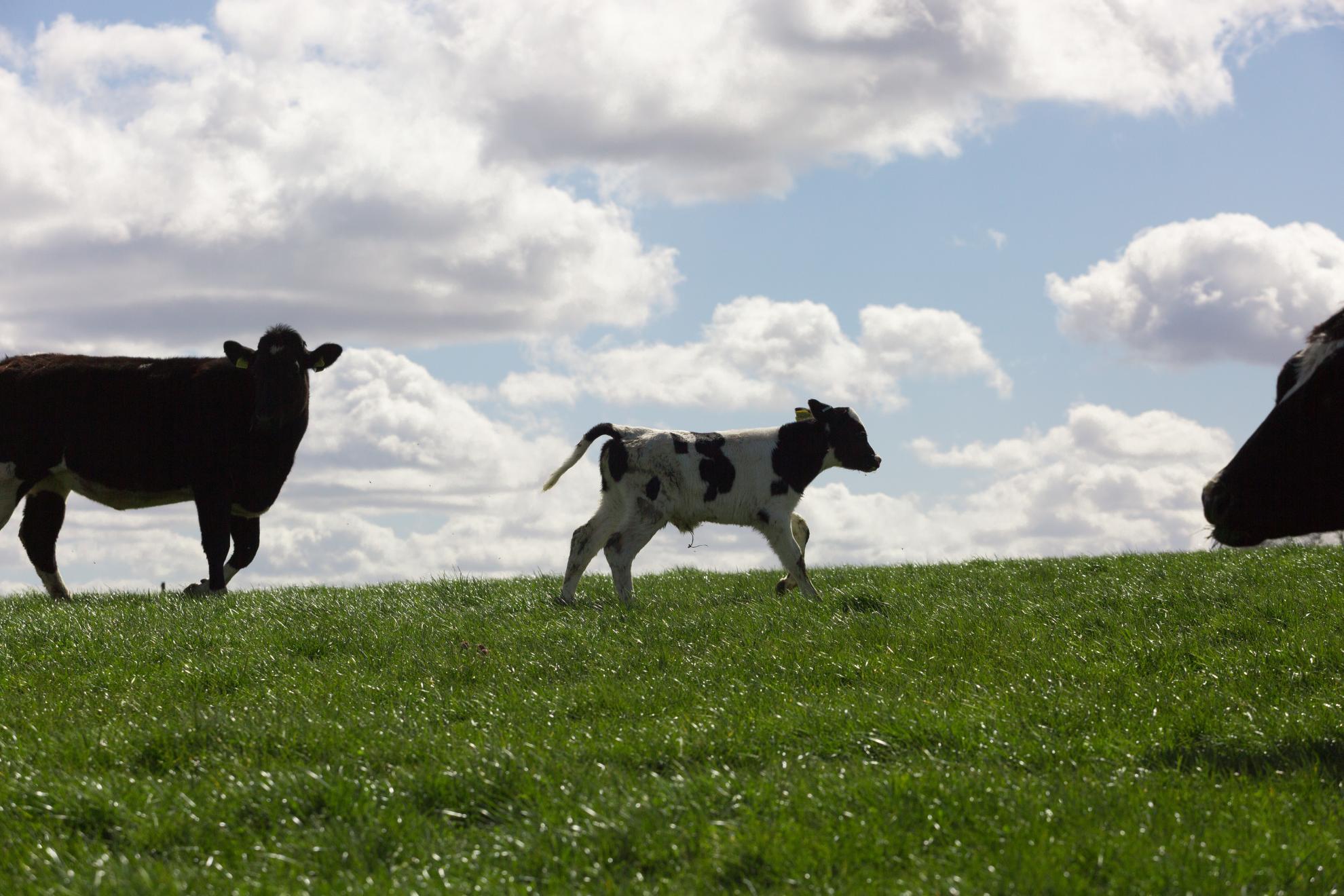Common cancer in a wild animal: the California sea lion (Zalophus californianus) as an emerging model for carcinogenesis
Naturally occurring cancers in non-laboratory species have great potential in helping to decipher the often complex causes of neoplasia. Wild animal models could add substantially to our understanding of carcinogenesis, particularly of genetic and environmental interactions, but they are currently underutilized. Studying neoplasia in wild animals is difficult and especially challenging in marine mammals owing to their inaccessibility, lack of exposure history, and ethical, logistical and legal limits on experimentation. Despite this, California sea lions (Zalophus californianus) offer an opportunity to investigate risk factors for neoplasia development that have implications for terrestrial mammals and humans who share much of their environment and diet. A relatively accessible California sea lion population on the west coast of the USA has a high prevalence of urogenital carcinoma and is regularly sampled during veterinary care in wildlife rehabilitation centres. Collaborative studies have revealed that genotype, persistent organic pollutants and a herpesvirus are all associated with this cancer. This paper reviews research to date on the epidemiology and pathogenesis of urogenital carcinoma in this species, and presents the California sea lion as an important and currently underexploited wild animal model of carcinogenesis.
Back to publications
